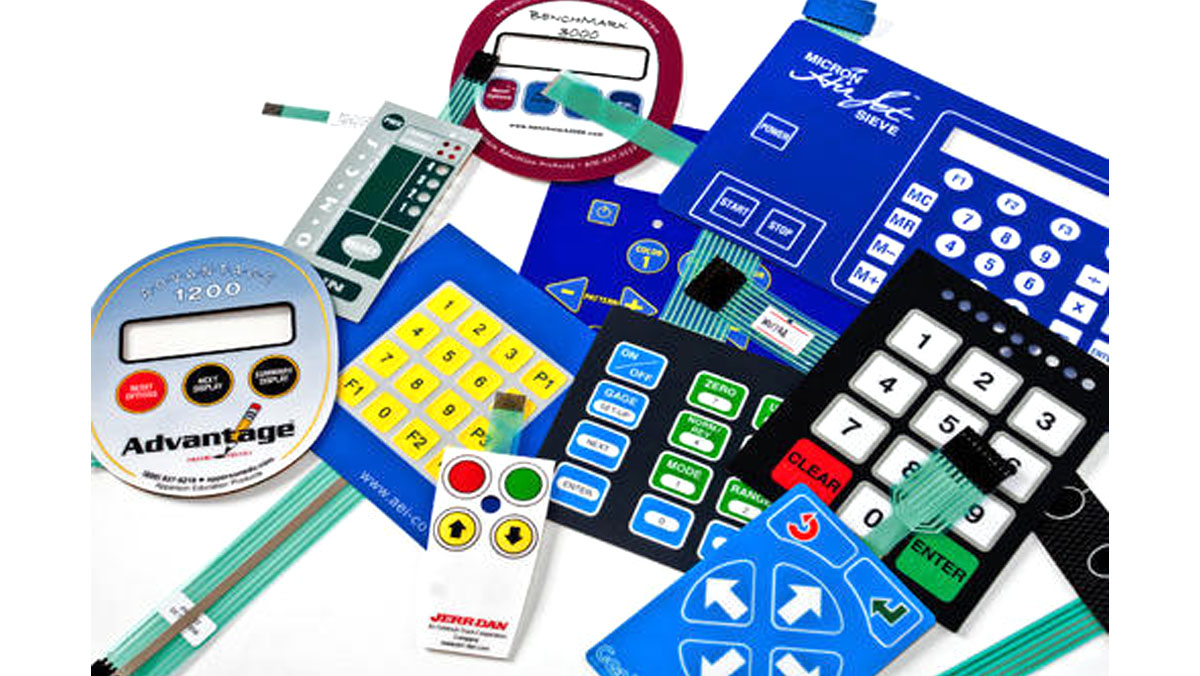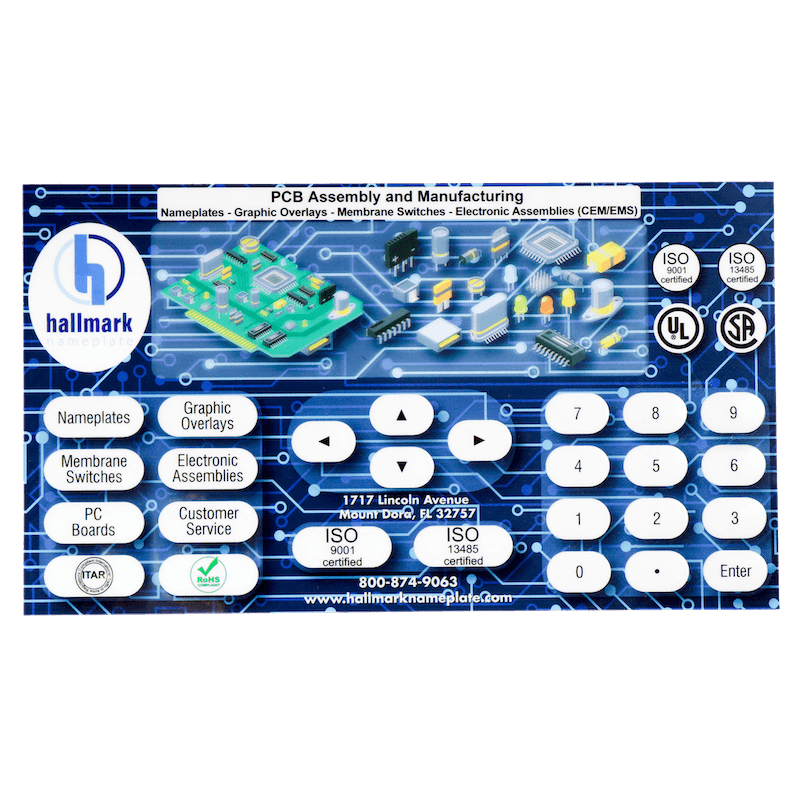Recognizing Membrane Changes: The Key to Long Lasting and Dependable Controls

What Are Membrane Layer Buttons?
Membrane layer buttons are a sophisticated service in the realm of interface modern technology, incorporating functionality and design effortlessly. These tools work as an interface between users and electronic systems, integrating several components into a compact style. Normally created from versatile, slim layers of products, membrane layer switches are developed to react to touch, allowing individuals to communicate with machinery and electronic devices effectively.
The primary components of a membrane layer button include a printed circuit layer, graphic overlay, and a spacer layer that prevents unexpected activation. The visuals overlay can be personalized to mirror brand name identification or individual preferences, enhancing visual appeals while guaranteeing usability. Membrane layer buttons are frequently utilized in various applications, consisting of clinical gadgets, consumer electronic devices, and industrial equipment, owing to their sturdiness and resistance to environmental variables such as dampness and dust.
One of the essential benefits of membrane layer switches is their capacity to stand up to wear and tear, making them ideal for high-traffic settings. Furthermore, they are lightweight and call for very little space, enabling ingenious layouts in item advancement. On the whole, membrane changes represent a efficient and sensible option for modern electronic user interfaces, marrying modern technology with user-centric style concepts.
Exactly How Membrane Layer Switches Job
The procedure of membrane changes joints on a straightforward yet effective system that converts customer input into digital signals. When a customer presses the button, the leading layer flaws, allowing a conductive element in the circuit layer to make contact with a matching conductive pad on the bottom of the visuals overlay.
The design of membrane switches can vary, however they commonly include domes or responsive elements to provide feedback to the individual, improving the general experience - membrane switch. The products made use of in membrane layer buttons, such as polyester or polycarbonate, add to their resilience and resistance to environmental elements, including wetness and dust. The published circuits are commonly enveloped, which shields them from wear and tear over time.
Advantages of Membrane Layer Switches

In addition, membrane layer buttons are recognized for their resilience. Built from robust materials, they are resistant to dust, wetness, and physical wear, which substantially expands their life-span contrasted to typical mechanical buttons. This longevity makes them particularly suitable for high-traffic environments and applications requiring longevity.
An additional substantial advantage is the convenience of cleansing and maintenance. The smooth surface of membrane switches minimizes dirt buildup and is usually unsusceptible spills, making them excellent for setups that need regular sanitization.
Furthermore, membrane buttons provide a streamlined profile, bring about a thinner layout that can be incorporated into various tools without including bulk. This feature not just improves the aesthetic allure yet likewise contributes to an extra ergonomic item style.
Applications of Membrane Buttons
User-friendly and functional, membrane buttons discover applications across a vast array of industries, consisting of medical devices, customer electronics, and commercial devices. In the clinical field, these switches are important to devices such as analysis devices, patient tracking systems, and infusion article pumps, where integrity and ease of cleaning are important. Their ability to hold up against extreme environments and maintain capability makes them optimal for such applications.

In customer electronics, membrane buttons are used in products like microwaves, cleaning machines, and push-button controls - membrane switch. Their streamlined design enables for instinctive interface, improving the total user experience while offering longevity and resistance to tear and use
Commercial tools also gains from membrane buttons, specifically in control panels for equipment and automation systems. These switches provide security versus dirt and dampness, ensuring consistent performance in difficult settings. Their adjustable functions enable makers to customize them to certain functional requirements, improving effectiveness and functionality.
Picking the Right Membrane Layer Switch Over
When picking a membrane layer button, it is necessary to take into consideration numerous aspects that influence performance and suitability for specific applications. The key factors to consider include environmental conditions, responsive comments, sturdiness, and style specifications.
First, assess the operating setting; buttons subjected to moisture, chemicals, or severe temperature levels require specific products to make sure longevity and functionality. Next off, assess the need for responsive comments. Depending on customer communication, some applications may gain from a tactile response to validate activation, while others may favor a non-tactile layout for aesthetic factors.
Longevity is an additional important variable; membrane layer switches should be designed to hold up against regular usage, effects, and abrasion. Ensure the picked button can endure the anticipated lifecycle, particularly in high-usage circumstances.

Conclusion
In conclusion, membrane layer switches over serve as necessary components in the design of long lasting and trustworthy control systems across different markets. The convenience of membrane layer changes allows for customized services that satisfy details operational needs, strengthening their value in modern technology.
Membrane changes represent a crucial element of contemporary user interface layout, mixing capability with resilience in various applications.Membrane switches are a sophisticated service in the realm of individual interface innovation, incorporating capability and layout flawlessly. Typically constructed from flexible, thin layers of materials, membrane layer buttons are made to react to touch, making it possible for customers to connect with equipment and digital gadgets efficiently.
The style of membrane switches can differ, yet they frequently include domes or responsive elements to offer comments to the customer, enhancing the overall experience.In conclusion, membrane layer switches over offer as necessary elements in the style of resilient and dependable control systems throughout different markets.